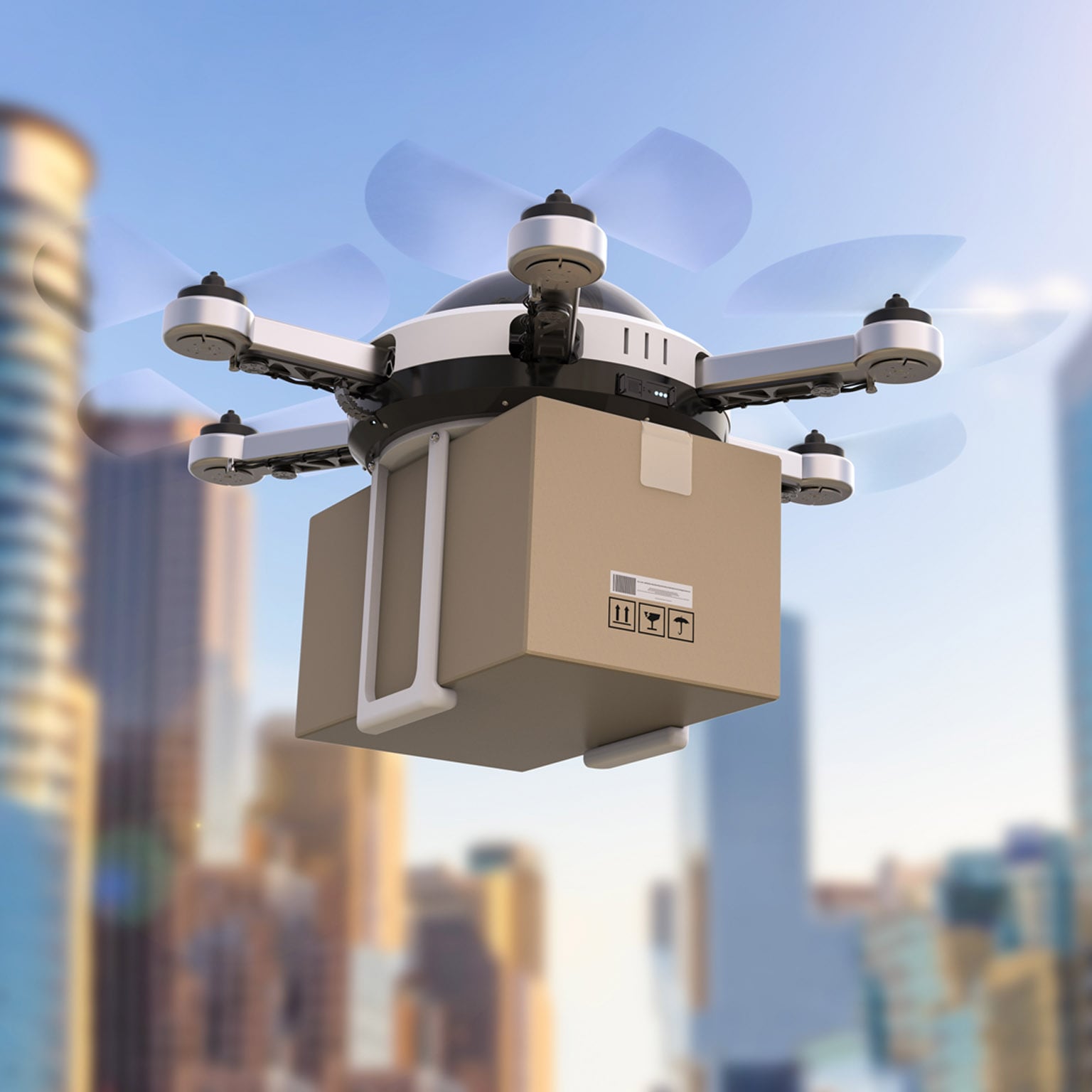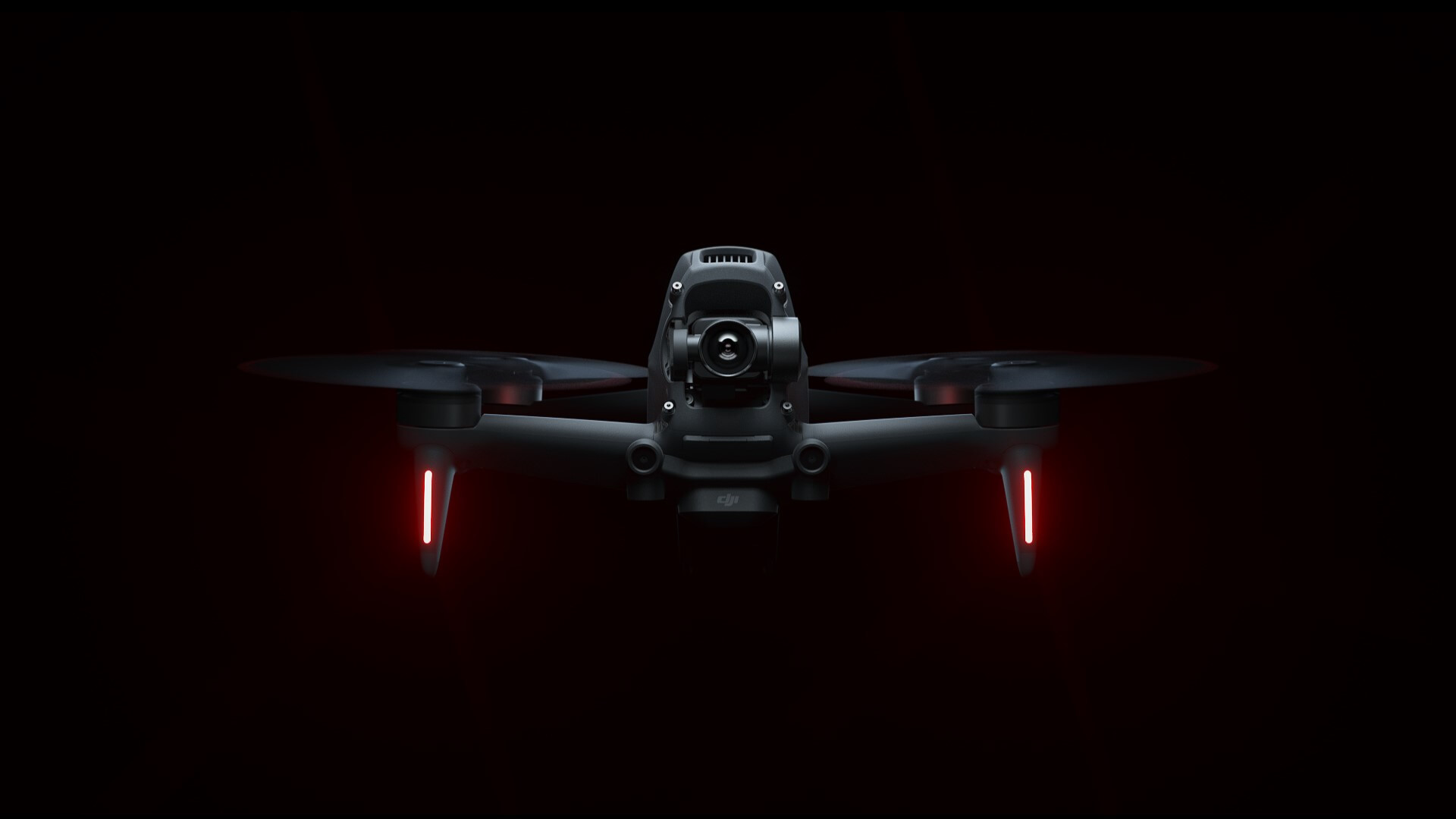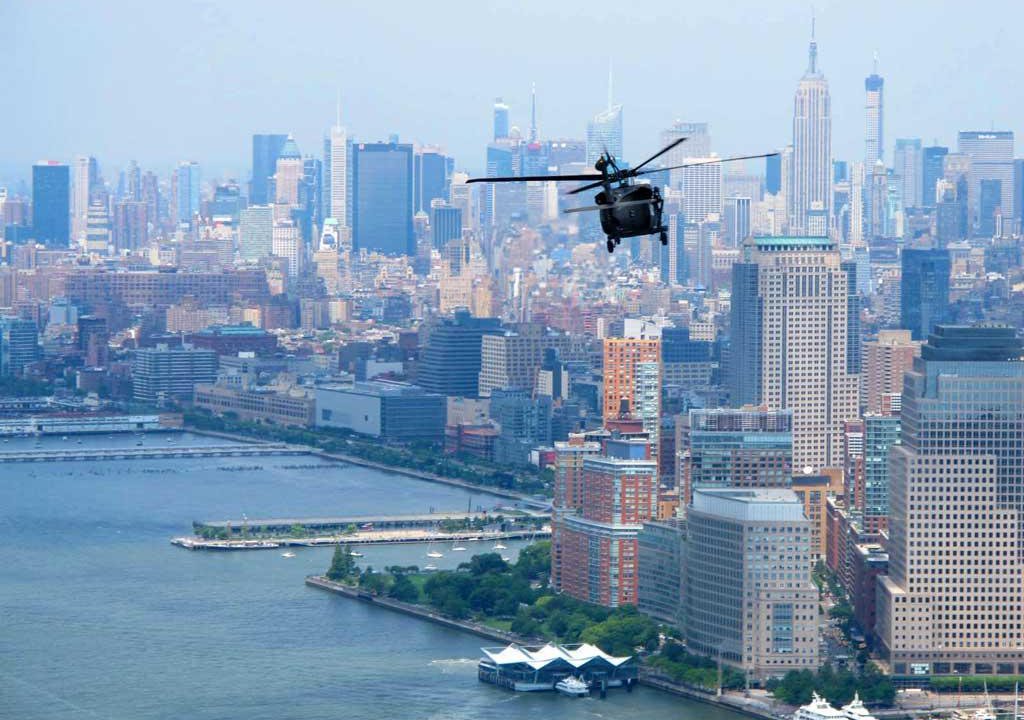
The U.S. Army's Hunter unmanned aerial vehicle is used to collect intelligence and target enemy troops. The combat-proven drone is in service since 1995. Its Republic of Macedonia deployment was its first operational deployment. Over four thousand hours were flown by the Hunter during its 7-month-long operational period. The significant operational success of the Hunter in Kosovo led to the resumption production. It was also deployed to Iraq to be used against ISIS using Viper Strike Munitions.
MQ-5B Hunter
The MQ-5B Hunter, an upgraded version of the MQ-5, is the MQ-5B Hunter. The aircraft features a twin tailboom design, heavy fuel engines, and weapons-capable high points. The MQ-5B Hunter has a gross take-off weight of 1800 pounds and is capable of flying at an altitude of 22,000 feet. It is capable to carry out missions that last up 15 hours. The helicopter can be used to control Hunter aircraft and carry two Viper Strike guided missiles. It can also fly up to 80 miles, making this aircraft ideal for scouting missions.
The MQ-5B Hunter is equipped with the most advanced DoD UAV avionics. It includes a PC based mission computer, an APU (auxiliary power distribution unit), GPS units and a Litton RN-251 inertial navigator system. Its advanced Avionics system reduces its weight, size, power consumption, and size. It can carry out multiple missions at once.
RQ-5A Endurance Hunter E-Hunter
The Endurance Hunter (E-Hunter) is a tactical unmanned aerial vehicle. It flew its first flight on March 17, 2005. The aircraft is a joint effort between Northrop Grumman (USA) and the US Army. Its mission is extend the endurance, payload capability and range of Hunter UAVs. It will be sold as a field-installable package. At the moment, there are approximately 50 Endurance Hunter RQ-5As.

The Hunter can carry Northrop Grumman's BAT Submunition. This submunition has been used to destroy an MBT combat vehicle as well as incapacitate a T-72 tank. The Hunter successfully carried the Viper Strike precision Munition. This munition has a 1.8kg (4lb.) warhead, and a semi active laser seeker. It is a fixed-wing, twin-rudder aircraft. It has a six-hour endurance rating. The aircraft can also fly more than 100 hours. Two Passaggio Guzzi petrol engines produce 60 horsepower each to propel the RQ-5A.
Army One System ground control station
The Army is working towards a universal ground control system for unmanned aircraft vehicles (UAVs). You can buy hundreds from many UAV manufacturers for complete aerial coverage. Each UAV is different, as each one has a unique controller and vehicle. Army started a new program called One System in an effort to solve this problem. One System ground controls is an example of this. This Spotlight article will focus on the One System concept, its current reach and future technology initiatives.
One System was originally created for the Textron RQ-7 Shadow TUAS. The One System platform is now capable of supporting several UAVs, such as the Northrop Grumman RQ-5 Hunter. It supports the RQ-2 Pioneer, AAI's Aerosonde and the RQ-8 Fire Scout UAV helicopter. The One System ground control station and the ground control station both run on Windows and Sun Solaris systems, and communicate using an analog datalink and directional antenna.
Viper Strike anti-armor munitions integration
Northrop Grumman has awarded a contract to purchase multiple GBU44/E Viper Strike antiarmor armed unmanned aircraft vehicles. These munitions will integrate on KC-130J Harvest Hawks. They will also use the most recent software load to improve the weapon's effectiveness against time-sensitive targets. Viper Strike is a GPS-aided laser-guided variant of the BAT munition.

Viper Strike anti-armor armour is a gliding weapon capable of precision stand-off attacks. The GPS-aided navigation system combined with semi-active Laser Seeker allow for precise strike and low collateral damages in urban areas. It is an effective option for a Hunter UAV and can be used against a variety targets.
FAQ
What are the laws around flying drones?
The Federal Aviation Administration (FAA), in the United States, regulates all aspects related to drone operations. You must first obtain a FAA certification before you can operate a drone commercially. You must then complete a course on piloting skills and pass an examination. You will then need to pay an agency fee.
Can I fly my drone through my neighborhood?
Yes! These are also known as UAVs (unmanned aerial vehicle). There are many types of drones on the market today, including small quadcopters and large fixed-wing aircraft. The FAA recently released new rules for commercial UAV use, meaning that they are now legal to fly for business purposes. But, it is important to note that UAVs being flown near airports can interfere with air traffic control systems. Before you operate one, you need permission from local authorities.
How can I keep drones off my property?
Drones are becoming increasingly popular for home surveillance, but they also threaten privacy and security. Install motion sensors on your property to detect any unapproved flying objects. This will help you avoid being attacked by drones.
What is the difference in a quadcopter from a hexacopter.
Quadcopters are four-rotor helicopters that fly like traditional helicopters. It has four rotors which rotate independently. The hexacopter looks similar to a quadcopter, but it has six rotors rather than four. Hexacopters are stabler and more maneuverable than quadcopters.
Statistics
- Research and Markets predict a growth rate of 51.1% over the next five years. (thedroneu.com)
- With the top 10% making over $100/h and the bottom 10% making as low as $10/h. (dronesgator.com)
- According to Indeed, a drone pilot gets paid $25.73 per hour on average in the US. (dronesgator.com)
External Links
How To
How to Select the Best Drones for Photography
This article will discuss how to find the perfect drone for your needs. We'll discuss what you need to look for when buying a drone.
First, let's take a look at some general tips to help you choose the right drone for you.
Before you buy any product, the first thing to think about is its size. If you intend to take photos above ground, you'll find that a larger size camera is easier than one that's smaller. This is especially true when you're just starting out as a pilot. It's not a good idea to be afraid to climb higher than you should.
Secondly, you'll want to look at the quality of the image sensor. The higher the sensor is, the higher quality images you will be able capture.
You might also consider purchasing remote controllers. These devices allow you to track your drone's position in space, making it easier to fly.
Finally, you'll want to consider whether you'd like to buy a fixed mount or a gimbal. You can shoot stills while flying with a gimbal. It makes it easier to hold steady and gives you a wider range of movement. They do come at a higher price depending on the product you are after.